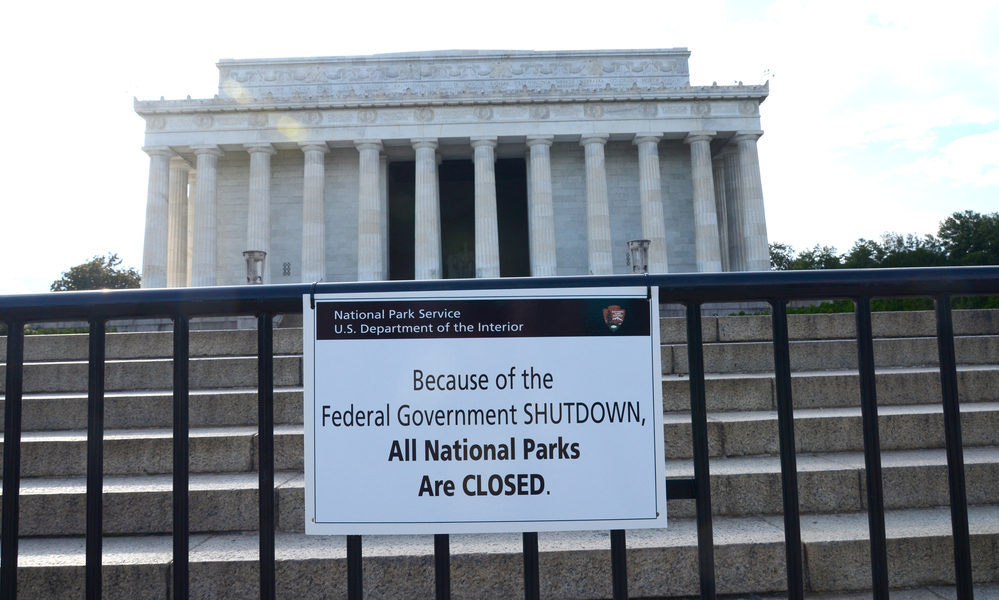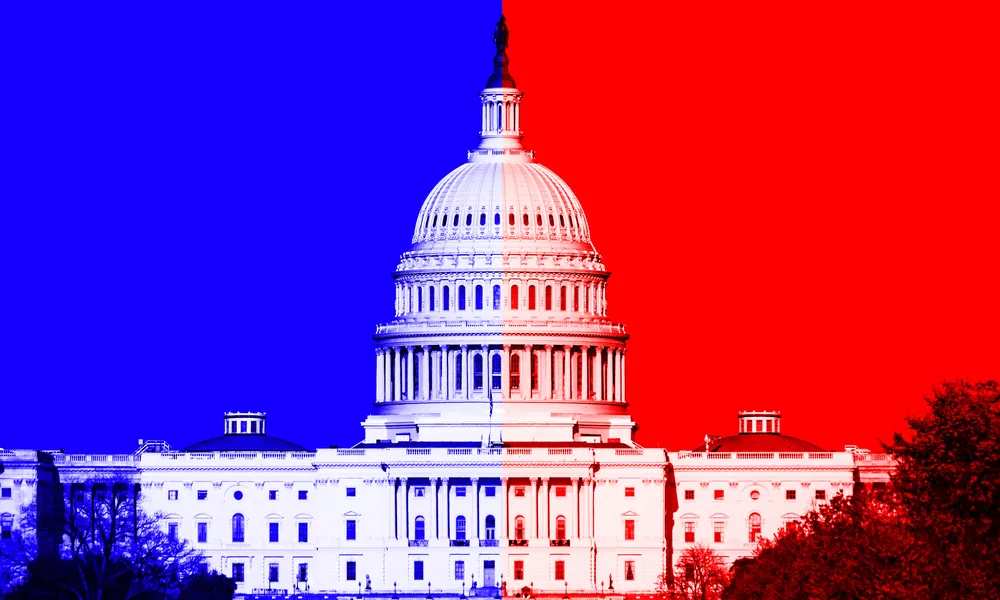The shutdown began when the Senate failed to advance a short-term funding bill, a “continuing resolution” (CR), that required 60 votes to clear the chamber’s procedural hurdle. According to CBS News’ Hill coverage, test votes on October 1-2 fell short, leaving agencies to activate their contingency plans while legally “excepted” operations continued.
The mechanics are straightforward. Under the Antideficiency Act, federal bodies cannot spend -or promise to spend- without an appropriation. If Congress has not passed the 12 annual spending bills or a temporary CR, most non-essential activities must pause until lawmakers act. Congress has so often missed end-September deadlines in recent decades, CRs have become the default bridge that keeps government open.

The political lines of argument
This week’s dispute is not just about the overall spending number; it turns on what must be attached to a short-term bill. Based on reporting from ABC and Reuters, Republicans argue for a relatively “clean” CR that reins in spending, while Democrats insist any stopgap should also protect expiring healthcare supports and other priorities. Because the Senate’s 60-vote threshold gives the minority leverage, neither side can move its preferred text alone, which is why the chamber has stalled.
The rhetoric around workforce tactics has sharpened the standoff. According to CBS News, the White House has weighed “thousands” of layoffs as part of its posture; The Washington Post reports senior officials have privately warned agencies against any attempt to fire staff during the lapse, citing legal risks under appropriations law and predicting immediate litigation. The legal cloud has hardened positions on Capitol Hill rather than created space for a deal.
What’s actually closed - and what isn’t
Essential operations continue: national security functions, air traffic control, and federal law enforcement remain staffed. Many civilian services, museums and permitting desks have curtailed operations or closed, and hundreds of thousands of employees are furloughed. The shutdown entered Day 3 on Friday and was expected to stretch past the weekend, with agencies implementing pared-back service levels until funding resumes.
Cybersecurity is a notable weak spot. The Washington Post reports that the Cybersecurity and Infrastructure Security Agency (CISA) has furloughed large numbers of staff even as a key information-sharing authority lapsed, a combination that outside experts say raises risk. Federal News Network separately notes that roughly two-thirds of CISA’s workforce is off duty, amplifying industry concern.
Inside the Executive Office, the effects are uneven. POLITICO, citing the administration’s contingency plan, reports that about one-third of White House staff are furloughed, while the Office of Management and Budget retains most personnel to run the response; a small unit, the Department of Government Efficiency, remains fully staffed because its pay is not tied to annual appropriations.
The economic stakes
Shutdowns behave like a slow leak rather than a blow-out: the damage compounds with each day. According to The Guardian, EY-Parthenon estimates about $7bn in lost output per week, roughly 0.1 percentage point off quarterly growth, as procurement is delayed and furloughed workers curb spending. A White House Council of Economic Advisers memo cited in the same report puts the hit higher at $15bn per week if the shutdown persists. For context, the Congressional Budget Office calculated that the 2018-19 shutdown cost the economy at least $11bn, including $3bn in permanent losses.
Markets often look through brief shutdowns, but the longer one lasts, the more the drag shows up in data, and some of those data points go dark. According to The Washington Post, the Labor Department’s jobs report and other key releases are delayed during the lapse, complicating decision-making for the Federal Reserve and investors.
Paths out of the impasse
The cleanest route remains the most familiar: a short, mostly “clean” CR to reopen government while broader talks continue. In practice, that means each side pockets face-saving concessions but keeps the text narrow enough to command 60 votes. That is how recent shutdowns have ended, and it is the path of least economic damage, according to the estimates above.
A second, messier option is piecemeal relief. Lawmakers can pass narrowly targeted measures (So-called “anomalies”) to fund politically sensitive lines such as military pay, aviation safety or health research. Reuters describe this as an available tactic that relieves pressure points but prolongs uncertainty and administrative costs until a broader CR or full-year bills pass.
A third pathway is escalation followed by retreat. If the administration pressed ahead with reductions-in-force during the lapse, legal challenges would likely follow immediately; The Washington Post describes active warnings from senior officials against such firings. The net effect would be to harden positions and, ultimately, push negotiators back toward a short-term CR under worse political conditions.
How to read the week
Two realities stand out. First, the Senate arithmetic is unforgiving: without a bipartisan CR, nothing moves, because the 60-vote threshold is a real constraint, not a talking point. Neither party currently has the numbers to advance its preferred text without concessions. Second, operational stress is building where it hurts, notably in cybersecurity capacity and public-facing services , while the macro picture deteriorates slowly but steadily and data blackouts obscure the view. The politics reward brinkmanship, but the policy harm accumulates quietly.
Bottom line: the money stopped because a short-term bridge bill failed to clear the Senate’s 60-vote bar. The most realistic and least costly endgame remains a brief, relatively clean CR that reopens government while broader talks continue. If that stalls, expect mini-deals that ease the worst pain points but extend uncertainty, an outcome that is politically tempting and economically wasteful the longer it drags.
